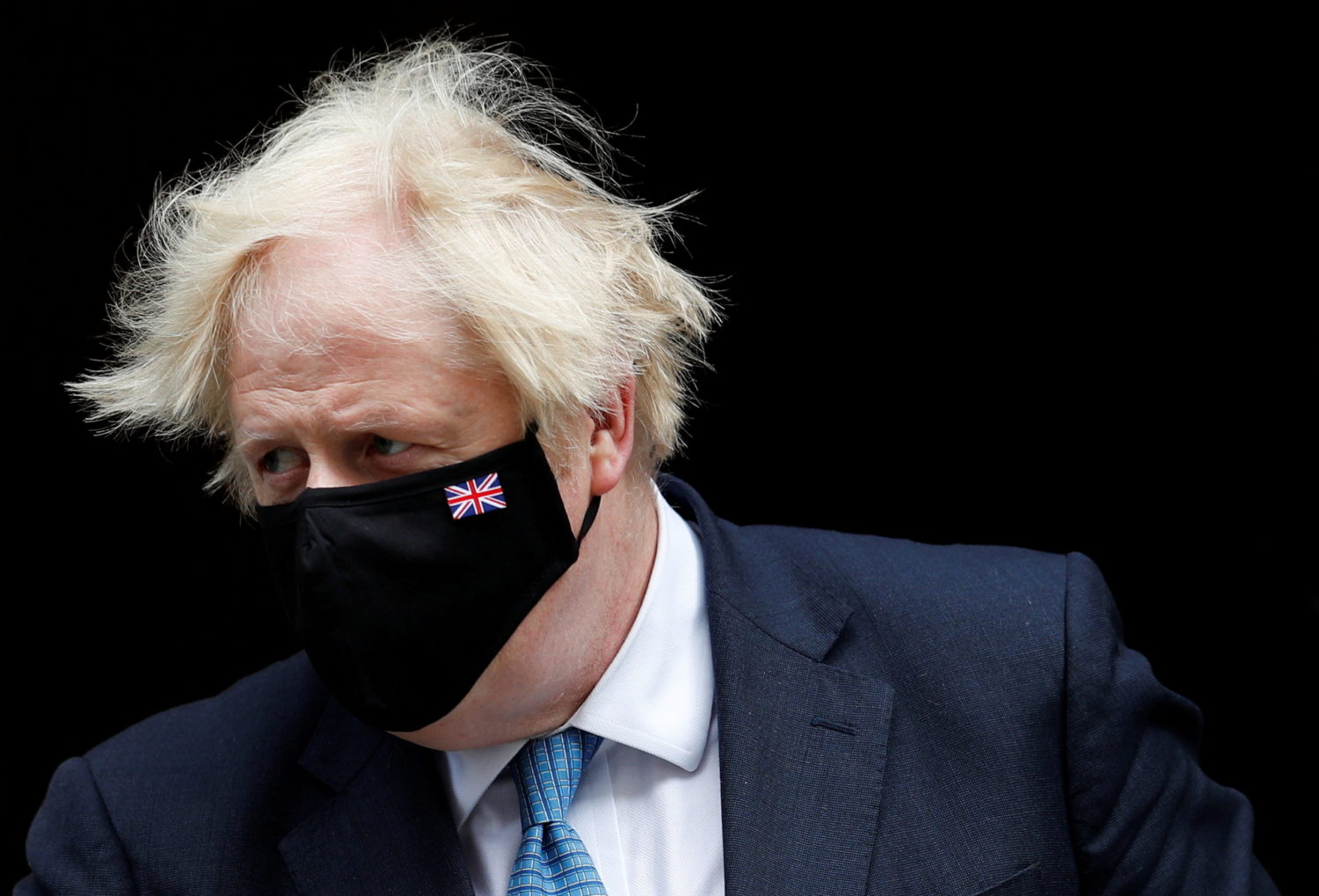
By David Shepardson
WASHINGTON (Reuters) -The U.S. Federal Aviation Administration on Thursday proposed $531,545 in civil penalties against 34 airline passengers over unruly behavior – with some facing $9,000 fines for defying mask requirements – pushing its total for the year past $1 million.
The United States has seen a significant jump in reported cases of passengers causing disturbances on airplanes, including ignoring a federal mandate to wear face masks during the COVID-19 pandemic. Numerous videos of confrontations have drawn attention on social media.
The FAA, which regulates U.S. civil aviation, since Jan. 1 has received 3,889 reports of unruly passengers, including 2,867 reports of people refusing to comply with the mask mandate. In total, the agency has proposed more than $1 million in fines this year for unruly passengers.
The agency has initiated three times as many such enforcement cases in the first seven months of 2021 compared to all of 2020. The FAA said some passengers were hit with $9,000 fines for not wearing masks, while other maskless people faced higher penalties for engaging in additional onboard bad behavior.
The Transportation Security Administration on Tuesday said it would extend existing mask requirements for airports, airplanes, trains and transit hubs through Jan. 18.
FAA Administrator Steve Dickson this month asked U.S. airports to assist in the effort to crack down on disruptive air passengers https://www.reuters.com/world/us/faa-urges-airports-assist-unruly-air-passenger-crackdown-2021-08-05. Dickson in March extended indefinitely a “zero tolerance policy” on unruly air passengers. Dickson noted that alcohol often contributes to unsafe behavior and urged airports to prevent passengers from taking alcoholic drinks on planes.
American Airlines confirmed on Thursday it would extend a ban on main cabin alcohol sales through Jan. 18.
Airlines for America, a trade group representing major U.S. carriers, said it appreciates “the FAA’s continued support and enforcement of the ‘zero tolerance’ policy for travelers who do not follow crewmember instructions and who do not abide by federal law.”
Among new FAA fines announced Thursday:
* $45,000 against a JetBlue passenger flying from New York to Florida in May for throwing objects “including his carry-on luggage at other passengers; refusing to stay seated; lying on the floor in the aisle, refusing to get up, and then grabbing a flight attendant by the ankles and putting his head up her skirt.” The passenger was placed in handcuffs and the flight made an emergency landing in Virginia.
* $42,000 against a JetBlue passenger on a May flight from New York to San Francisco for failing to comply with the face mask mandate and other misbehavior including “making stabbing gestures towards certain passengers; and snorting what appeared to be cocaine from a plastic bag, which the cabin crew confiscated.” The flight diverted to Minneapolis, where police removed the passenger.
* $30,000 against a Frontier Airlines passenger on a January flight from Atlanta to New York who during deplaning “attempted to gain entry to the flight deck by physically assaulting two flight attendants, threatening to kill one of them, and demanding them to open the door.”
(Reporting by David Shepardson; Editing by Gerry Doyle and Will Dunham)











